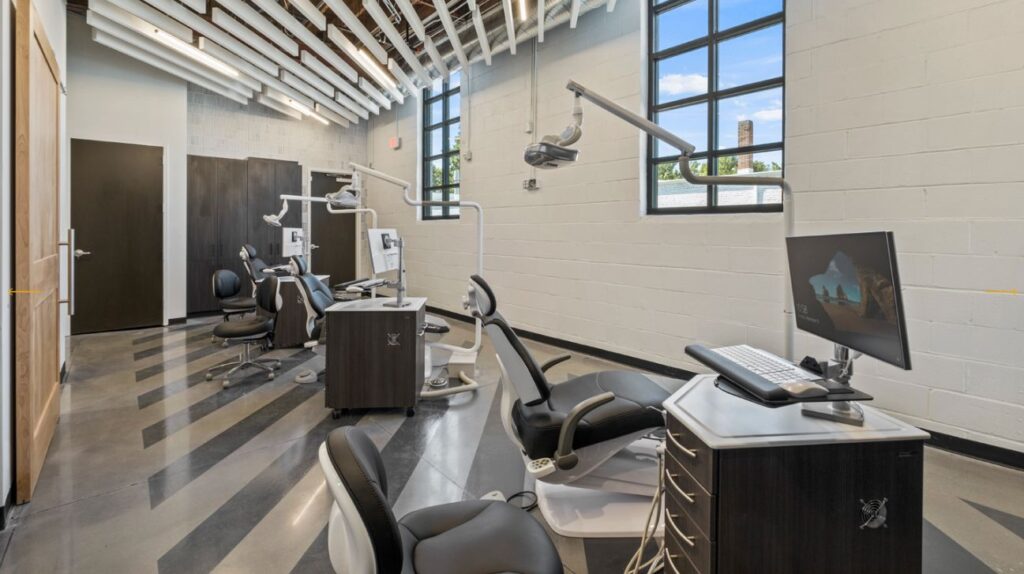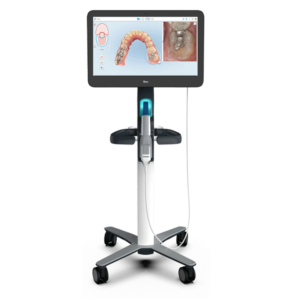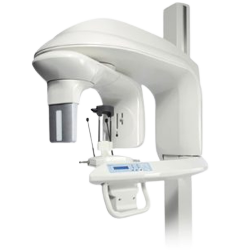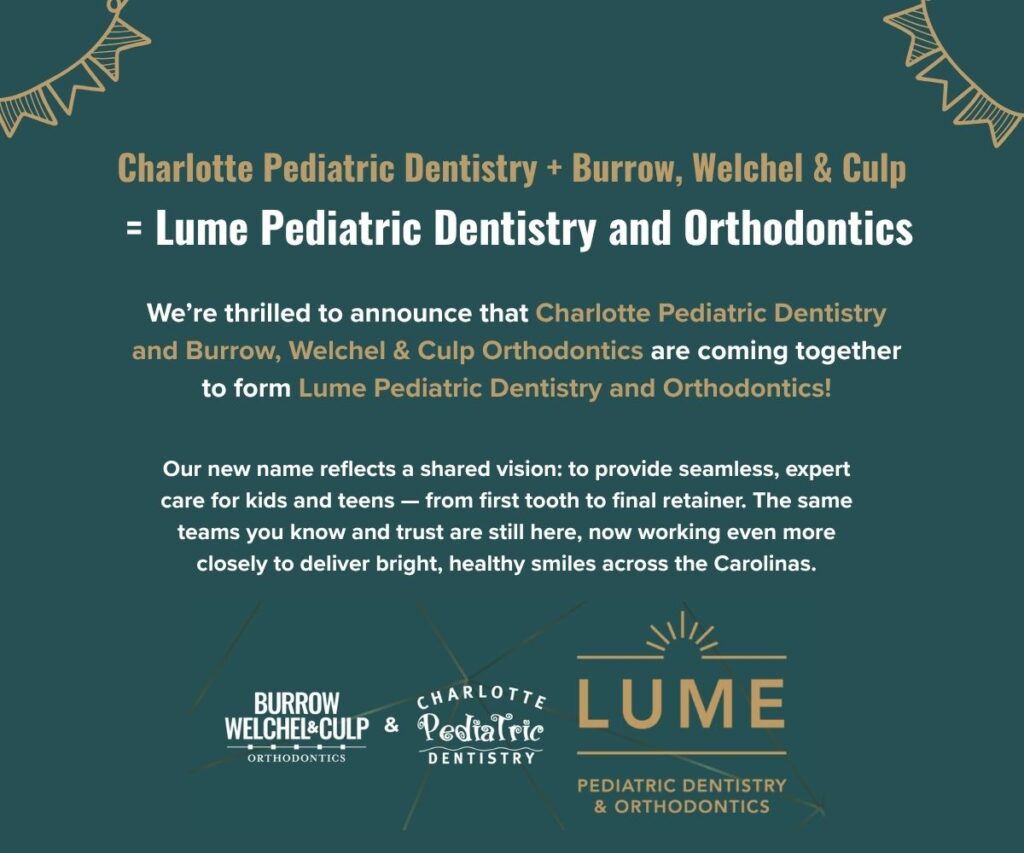
5-Star-Rated Orthodontic Treatment With Advanced Technology
By choosing Burrow Welchel & Culp Orthodontics for your orthodontic treatment, you are opting for a smile solution that relies on all of the latest advancements in modern orthodontic and dental technology. Even on your first visit, you will have digital x-rays taken with an iTero machine that produces a meticulously accurate reproduction of the position of your teeth.
With these results, our experts will be able to determine the best course of action for your smile journey, whether it be metal braces, Invisalign, or express treatment with cutting-edge technology. You will be able to beam your smile up to 50% faster than with traditional braces when you choose our expert team and their advanced technology and treatment options.

iTero Digital Scanner
At Burrow Welchel & Culp Orthodontics, we strive to stay on top of advances in dental technology to offer our patients the best possible care! We are proud to offer our patients access to our iTero Digital Scanner, which allows us to accurately scan their teeth without using potentially hazardous materials or producing unnecessary waste. The iTero Digital Scanner uses an intraoral camera to combine multiple images of your teeth and gums into a single 3D model. The scanner is fast, accurate, and incredibly easy to use – all you have to do is open your mouth wide and bite down on the tip of the scanning wand. In just minutes, our orthodontists will have a precise digital impression of your teeth that can be used for treatment planning.

CBCT 3D Scanners
Our patients deserve the best care possible. That’s why we have invested in CBCT technology – it allows us to diagnose patient needs more accurately than ever before. Cone Beam Computed Tomography (CBCT) is a type of imaging technology that uses x-rays to create detailed, three-dimensional images of the teeth, jawbone, sinuses, and other structures within the head. Unlike conventional x-rays or CT scans, CBCT scanners offer significantly higher-resolution images with better contrast between different tissue types. This makes them ideal for use in orthodontic diagnosis and treatment planning.
